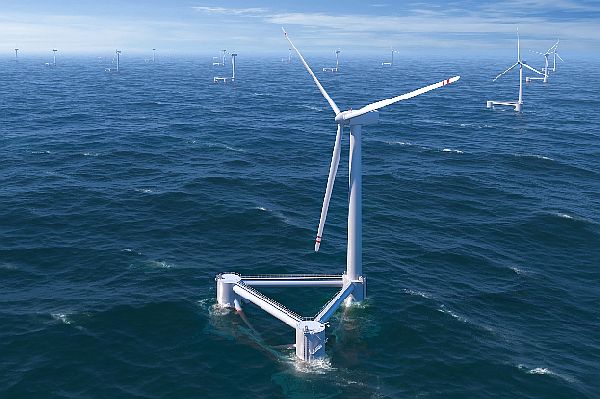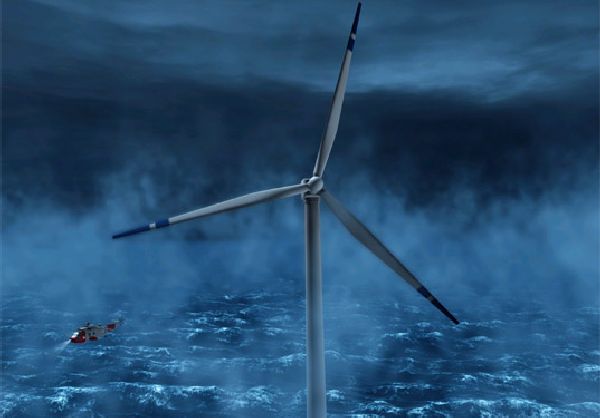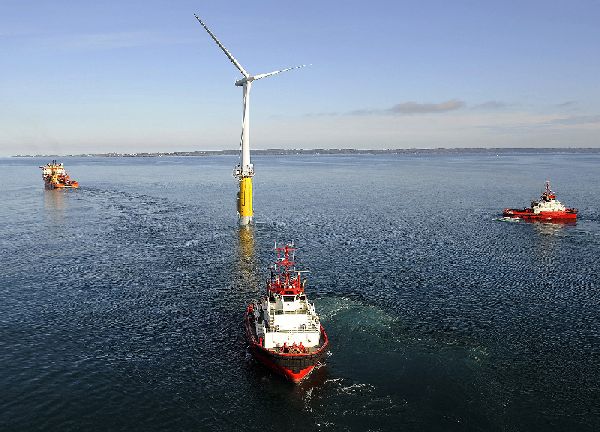As we know it
Our dependence on fossil fuels and other non-renewable forms of energy has reached a saturation point. With the earth no longer capable of churning out the required amounts of conventional fuel forms to meet our growing energy demands, researchers and scientists are increasingly looking at alternatives that are clean and sustainable. Aside from the sun, the other renewable source is the wind. Ever present, with a potential to feed the energy demands of almost the entire planet, wind power is increasingly being looked at as a solution to our energy woes. As such, wind turbines are being used to replace conventional energy generators more than ever before. Countries like Portugal, Spain, Italy and Denmark are currently among the forefront of wind energy usage.

Need for change
While the harnessing of the wind is a great way to get much needed clean energy, there are a few problems associated with it. First, setting up wind turbines requires large pieces of land. This doesn’t prove to be feasible in areas where space is a problem. Since erecting just one turbine alone won’t meet the energy requirements of a town or a factory, you need a considerable amount of land to establish a sufficient number of them.
Another factor to be taken into consideration is the fact that wind isn’t consistent. There will be times when there is no wind at all, so energy generation will be minimal or non-existent. What then?
Manufacturing wind turbines is also expensive. Of course, if countries produced them on a large commercial scale, the price would go down. However, this isn’t the case in the current situation, so most that are produced, can burn a big hole in the pocket.
What’s next?
Floating wind turbines are great for those areas located near coasts and for those who can’t afford to give away large tracts of land for their erection. Here, a turbine is mounted atop a floating structure that is tethered to the bed of a water body.
What is brilliant about this is that land needs not be allocated for setting up wind turbines, leaving space for other developmental projects and housing. Most people also don’t like marring the landscape and views with massive turbines so if they can be shifted to float on water bodies like the seas and oceans.
While the concept of an offshore wind turbine isn’t new, earlier it could only be anchored at shallow depths. Now, however, floating wind turbines can be set up in much deeper waters, even at depths of 70 meters. In all probability, floating wind turbines will generate consistent energy as wind speeds are always higher over water.
Below are three concepts that could pave the way for the world to turn towards investing capital, time and resources on this ingenious idea.
1. Unique floating wind turbines by Vestas and WindPlus

Wind turbine manufacturer Vestas is working with WindPlus to create a wind turbine that sits on a floating platform. Unlike other floating turbines, this concept by the two companies will allow the platform to control wind and wave motion so that the turbine can be positioned in deeper water. Commissioned to be deployed off Portugal’s coast, the floating wind turbine called the Vestas V80-2.0MW, if successful, will be the first of its kind to make use of the floating platform technology.
2. Hexicon’s hexagonal floating wind platform
![]()
Conceived by Swedish company, Hexicon, the hexagonal floating wind platform is a central hub that will be able to accommodate around six or seven wind turbines. With a capacity to generate 40MW of power, Hexicon’s floating platform will require a minimum of maintenance, as old and worn-out turbines can be more easily replaced.
Wave power installations can also be accommodated on the hub if additional power is needed. Moreover, the whole set up can be assembled on-site. The central hub will also be more space efficient as the entire installation is compact.
3. Floating wind turbine in the North Sea

Areas like the North Sea will soon become home to floating wind turbines if a project by Norsk Hydro comes through. The winds generated at sea guarantee that consistency will be maintained, which is always a gamble with land wind turbines. Three blades measuring 60 meters in length will be attached to a turbine that sits on a steel tube standing 200 meters in height. If successful, Norsk Hydro’s concept will be the first prototype to be showcased on such a large scale. The massive structure will be able to reach depths of a staggering 500 meters below the sea’s surface.




